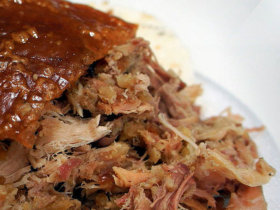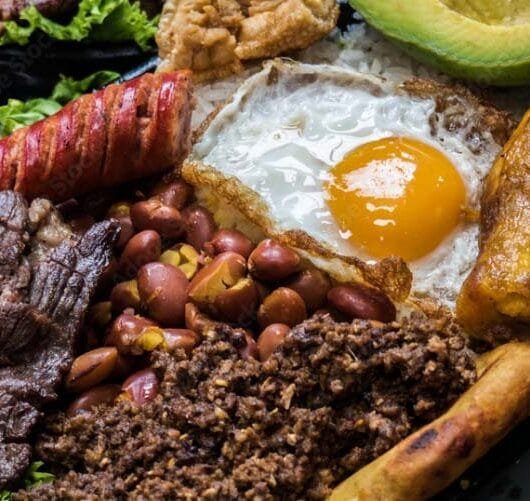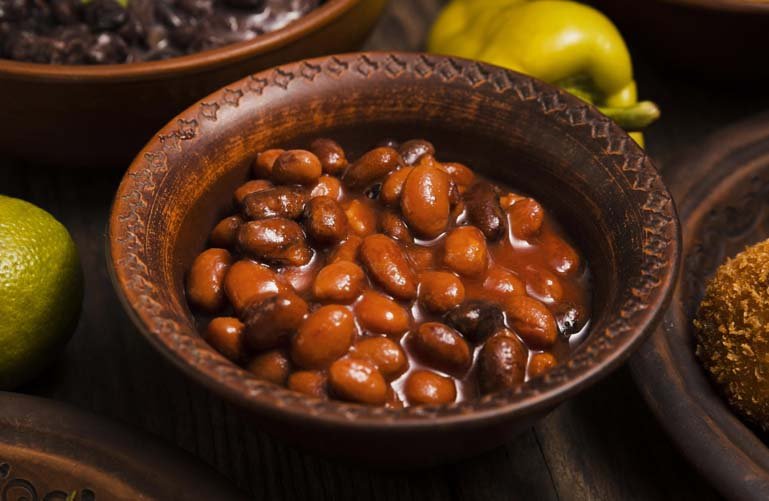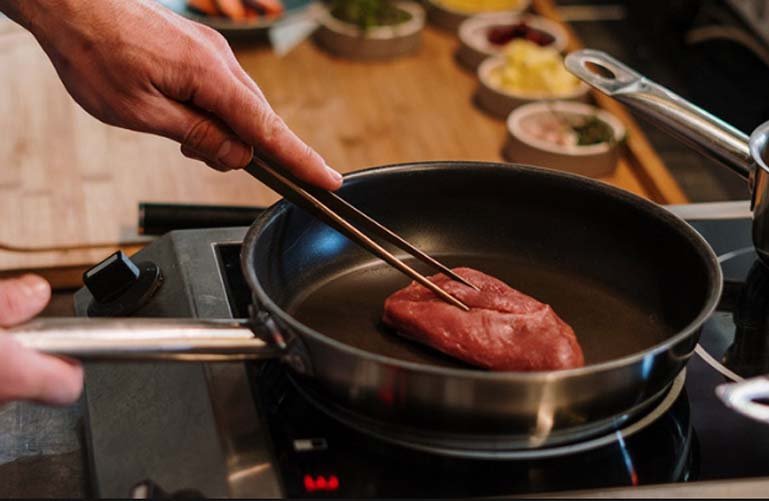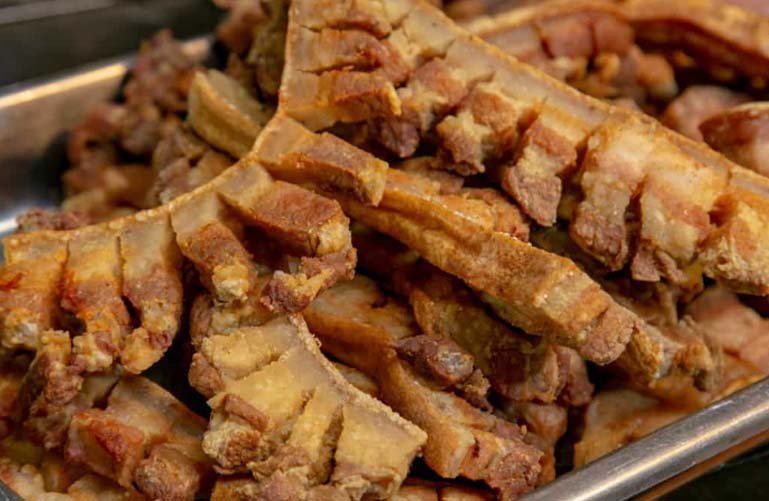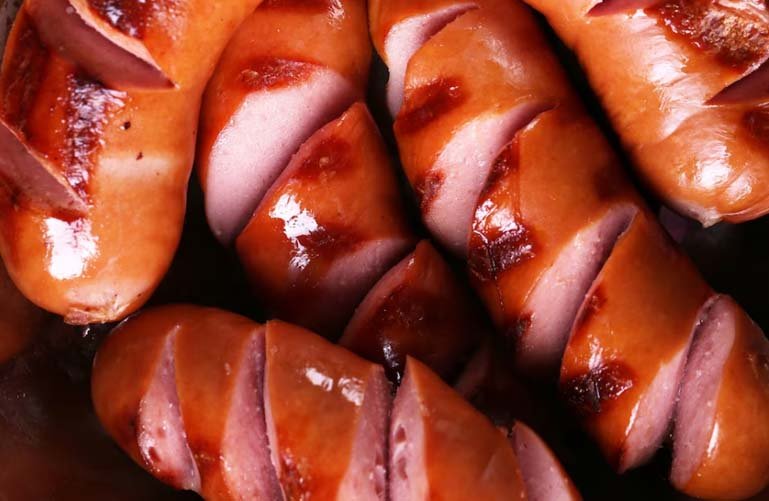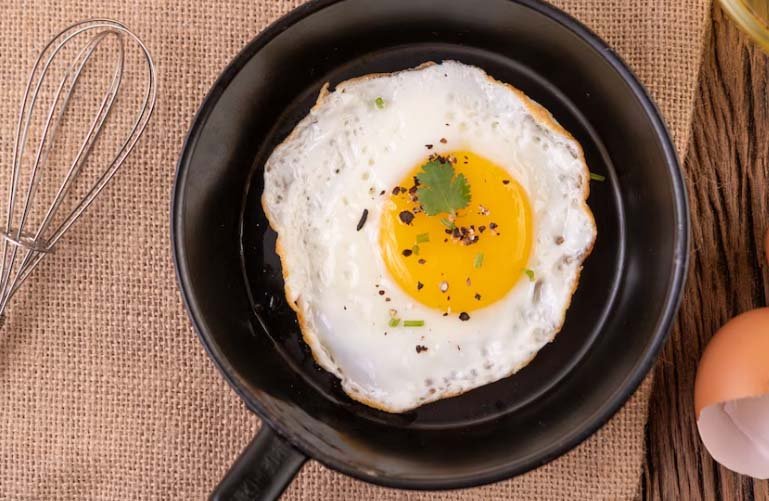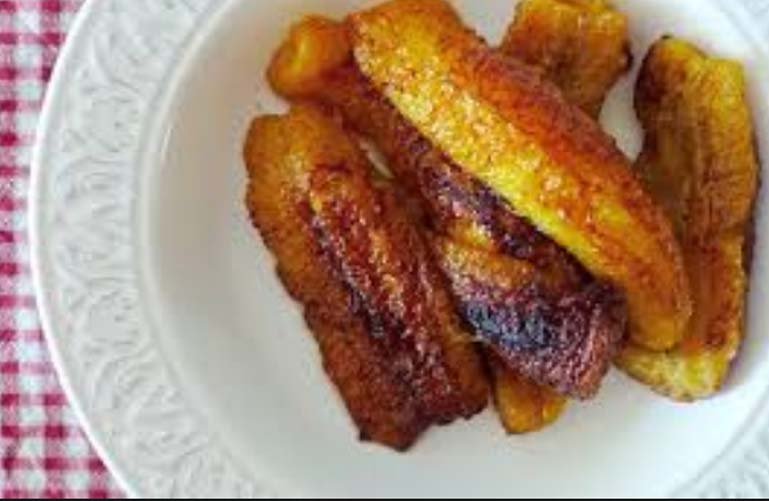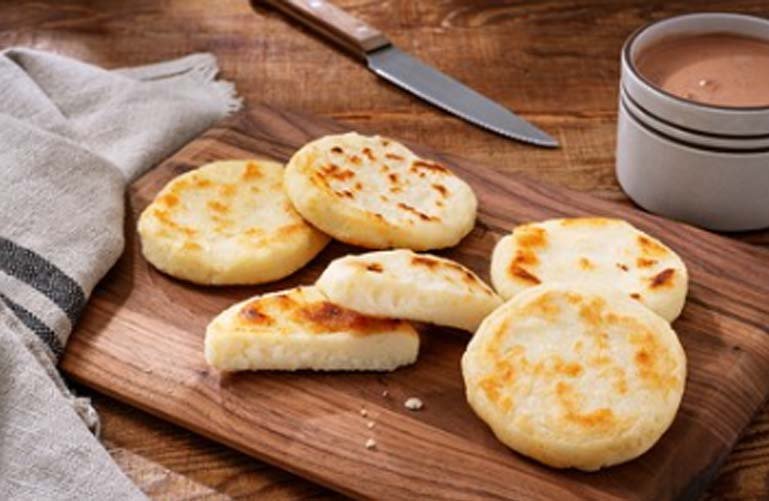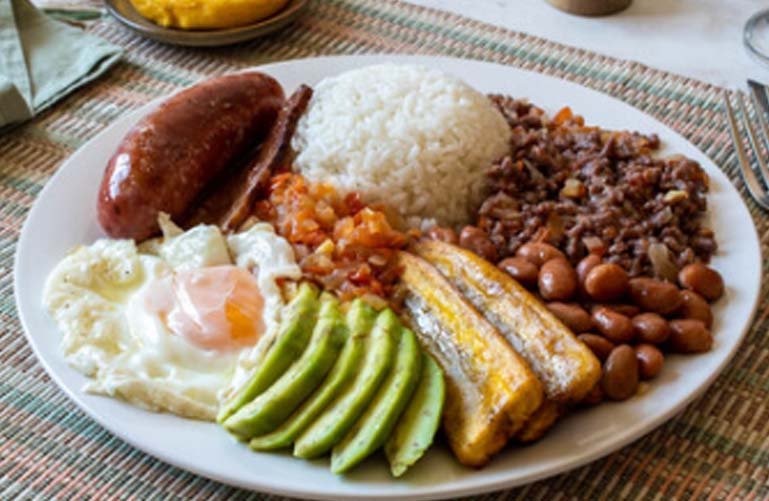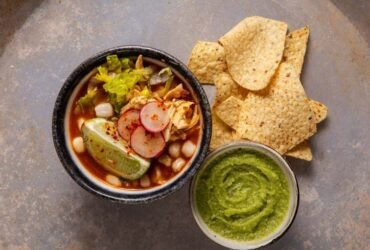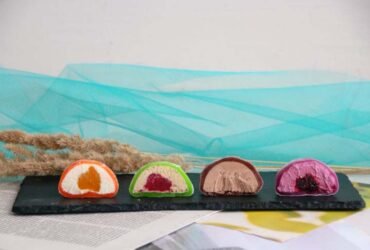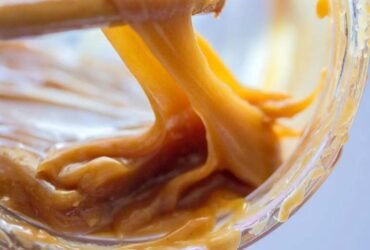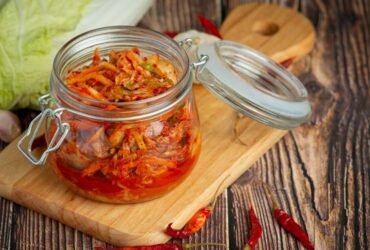La Bandeja Paisa is a delicious combination of flavors and textures that represents the generosity and culinary tradition of the Antioquia region in Colombia. On a large plate, the different elements that make it up are presented: tender pork and beef, crispy chicharrón, juicy chorizos, soft red beans, white rice, golden fried ripe banana, a hot arepa and a fried egg that crowns this exquisite mix. Each bite is an explosion of flavors and contrasts, from the juicy meat to the crunchy pork rinds and the softness of the beans. Tranta paisa is a dish that feeds the body and soul, and is a true pride of Colombian gastronomy.
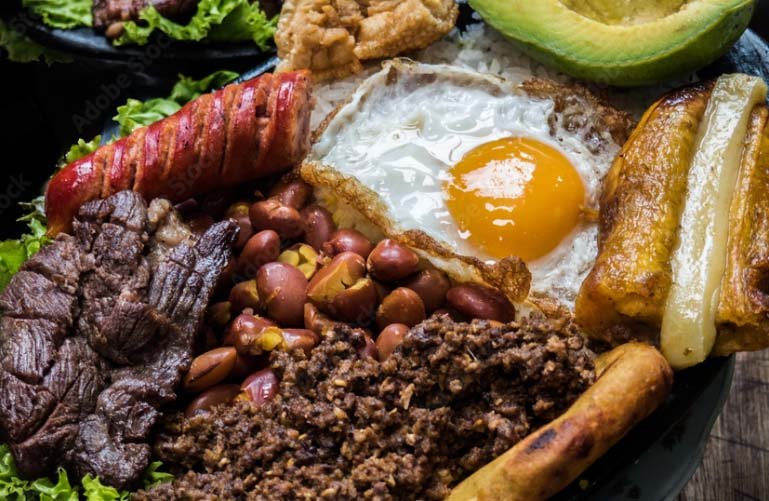
Eating Bandeja Paisa and health data
Although the tray paisa is a delicious and very popular dish in Colombia, it is important to keep in mind that it is an abundant and caloric meal. Although it is not considered a very healthy option due to its calorie and fat content, some of the individual ingredients may provide nutritional benefits. Below are some possible benefits associated with some ingredients in the tray paisa:
- Red beans: They are a good source of fiber, protein and minerals such as iron and magnesium. They can also help regulate blood sugar levels and improve digestive health.
- Ripe banana: Bananas are a natural source of potassium, vitamin C and vitamin B6. Potassium is essential for muscle function and heart health, and vitamins can strengthen the immune system and support brain health.
- Lean meat: Lean pork and beef can provide protein, iron, zinc and vitamin B12. These nutrients are important for muscle health, energy production, and red blood cell formation.
It is important to enjoy the tray paisa in moderation and complement it with a balanced diet and regular exercise. It is always advisable to consult with a health professional or nutritionist to adapt the diet to individual needs and objectives.
Maybe you might like: Cordon Bleu
Image credit: freepik



